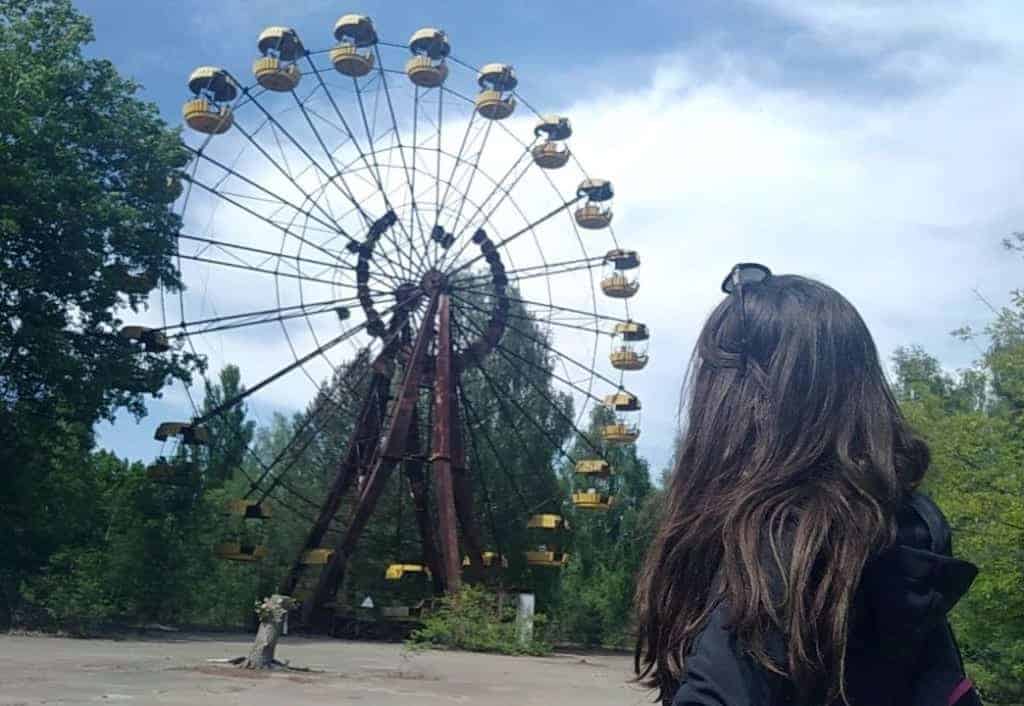
The matter of dark tourism is a somewhat controversial topic that divides the opinions of even the most avid world travellers. Some people aim to cross a number of dark tourism destinations off their travel bucket lists, seemingly fascinated and mesmerised by the macabre. Others are completely averse to visiting such places and believe that to do so would be morbid. So what is dark tourism, and is it really ethical to travel to dark tourism destinations?
Understanding the Concept of “Dark Tourism”

Dark tourism is essentially travel to locations where some kind of tragic event has taken place, typically which has resulted in death. Places such as Auschwitz, Hiroshima and the Cambodian killing fields can all be considered as dark tourism destinations.
Over the last few years I have travelled to a lot of these places, sometimes even going out of my way to reach them. I have scrambled through the Chu Chi tunnels that were used by the Viet Cong during the Vietnam war. I have wandered through the radioactive remnants of Chernobyl and Pripyat. I have visited Hiroshima, the A bomb dome, and the heartbreaking Hiroshima peace museum dedicated to the fallen. These examples are actually just a small handful of the dark tourism sites I’ve visited overall. Does visiting them and going out of my way to do so make me a morbid person? I don’t think so.
The Argument in Favour of Dark Tourism
An important aspect of travel is visiting sites that are of cultural and historical importance. Museums and archaeological ruins make up a portion of this, but so too do dark tourism sites. Take Ukraine as an example. The bustling capital of Kiev, and the charming picturesque cities of Odessa and Lviv provide a nice introduction into the country. However no event changed Ukrainian history forever or impacted the people as much as the explosion at Chernobyl nuclear plant. Understandably a visit to Chernobyl or similar places may not be for everyone, but such dark tourism sites make an important contribution to the wider tapestry of a country’s identity.
Dark Tourism as an Education
As mentioned, dark tourism generally involves visits to sites where huge tragedies or mass deaths have taken place. The sites are an important component in obtaining a worthwhile history lesson, even if they may not be the most pleasant and joyous to explore. To give that statement a little more context, most of us are educated in our school’s history classes about the World Wars, the terrifying persuasive powers of Hitler, and the fate of the Jewish people who breathed their last breaths in concentration camps. That said, these people and events remain as faceless names read about in history books or reported on documentaries. We know that these atrocities took place but we can never really believe or fathom it until we find ourselves standing outside Auschwitz, seeing the shoes lined up outside and hearing individual stories of those who passed through here.
For this reason, it is important to at least consider visiting dark tourism sites and not completely boycott them as being “too morbid”.
The need to visit these destinations still goes deeper than simply seeing them as a way to educate ourselves on past events and tragedies. Dark tourism is more than something that simply brings the darkest events of human history to life, it is also something to remind us of the atrocities that man is capable of, and a reminder to us all to never allow history to repeat itself again.
In an age where younger/millennial generations are obsessed with shallow concepts like social media and the selfie culture, dark tourism sites are a stark reminder of what our grandparents, their grandparents, and other previous generations went through.
Ethical Dark Tourism
One of the biggest arguments in the discussion as to whether dark tourism is ethical or not lies in the motives for certain tourists to travel to dark tourism sites in the first instance, and their behaviour on arrival. Is taking selfies on the train tracks in front of Auschwitz ethical? Probably not.
That said, there is a difference between adventuring to dark tourism sites with the intention to exploit, and travelling there with the intention to learn. People these days are quick to jump on the “political correctness” bandwagon, but having an interest in travelling to say, Chernobyl or Japan’s suicide forest does not necessarily make an individual a morbid person.
Notable Dark Tourism Destinations Around the Globe
#1 The Aokigahara “Suicide” Forest, Japan

The Japanese forest of Aokigahara is not somewhere that you want to be when the sun sets. The dense forest is situated beneath the slopes of Mount Fuji and for several decades, it has been one of the most popular places in Japan for committing suicide. Some 500 people have lost their lives here since the 1950’s, with dozens of people venturing into the forest every year with no intention of coming back out again.
With all of the deaths that have occurred at Aokigahara, the forest has since gained a reputation for being haunted. Local spiritualists have documented numerous accounts of paranormal activity and strange sounds coming from the forest.
At the entrance to Aokigahara, signs in Japanese warn visitors from entering and contain statements intended to deter suicide such as “think of your mother and father!” or “please speak to someone before you decide to die”. Aokigahara is so dense and thick, that it is incredibly easy to get lost within its woodlands. Unfortunately, many of those whom enter to commit suicide are not found for a long time until after their demise.
#2 Chernobyl, Ukraine
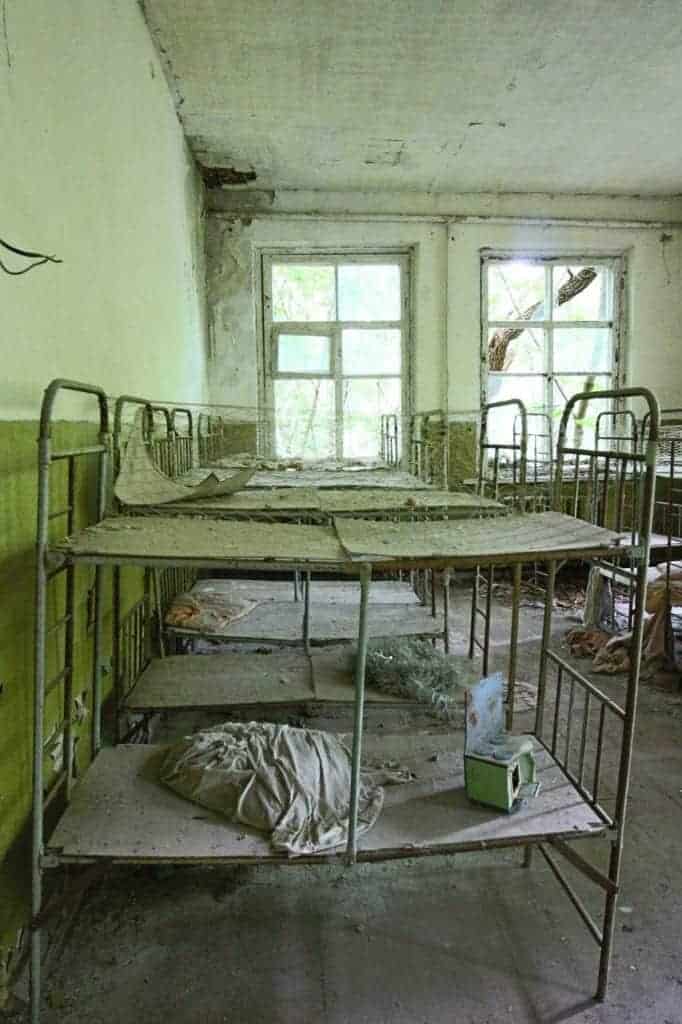
The Chernobyl nuclear power plant was considered a state-of-the-art energy facility operated by the Soviet Union. The brightest young minds and engineers worked at the power plant and lived in the nearby city of Pripyat. The fortune was not to last though, and in April 1986, one of the reactors at Chernobyl power plant went into meltdown, causing a huge explosion and emitting plumes of toxic gases and radioactive waste.
After the explosion at Chernobyl, many locals stood on the bridges of Pripyat and stared on at the huge mushroom clouds in shock. People spent a few days continuing to potter about their business in Pripyat before they were instructed to evacuate. Believing that they could return in a few days, people left everything behind. Most of those people would go on to die from radiation poisoning. Today, more than 30 years later, Chernobyl and Pripyat are not suitable for human inhabitance and will not be for another 20,000 years.
The eerie thing about Chernobyl is that it is essentially frozen in time. Since the locals believed that they would be able to return to their homes within a matter of days, they simply abandoned everything. Tables remain laid out for dinner and family portraits still hang on the walls. Throughout Pripyat, there are even still statues of Stalin. In Chernobyl, the year will always be 1986.
#3 Hiroshima, Japan

The second greatest nuclear disaster after the meltdown at Chernobyl, Hiroshima acts as a reminder as to why mankind should not dabble in nuclear weaponry. On August 6th 1945, the American army dropped the world’s first atomic bomb on the Japanese city of Hiroshima. The bomb destroyed the city almost in its entirety. Over 80,000 people died immediately as the bomb hit, with thousands of more later dying of radiation poisoning.
Modern-day Hiroshima provides an eerie contrast to the events of August 1945. The city that has been rebuilt is beautiful and picturesque, boasting tranquil gardens, and peaceful river walks. Visitors should stop by the Hiroshima peace museum. The museum offers a sombre look at the impact of the atomic bomb on Hiroshima with a focus on the children who were killed or impacted. Equally notable is the remnants of the A bomb dome – the structure that suffered a direct hit from the atomic bomb, yet miraculously was not completely destroyed.
#4 Auschwitz Concentration Camp, Poland
The Auschwitz concentration camp in Poland was one of the most terrifying creations of Nazi Germany during World War II. Though exact figures are unknown, it is believed that over 960,000 jews were murdered here, making Auschwitz the largest mass murder site in human history. The Nazis defined Auschwitz as “the final solution to the Jewish problem”. Though admittedly sombre and upsetting to visit, Auschwitz sees over 2 million visitors every year.
Auschwitz today is a popular place for a day trip from Krakow. The site is divided into two sections – Auschwitz I and Birkenau. The former is the original concentration camp, the latter is an extension built to keep up with the hundreds and thousands of people passing through. Visitors will see the barracks, and prison cells of Auschwitz, as well as various harrowing exhibitions of those who lost their lives, in addition to their reclaimed possessions.
#5 The Kumsusan Memorial Palace of the Sun, North Korea
Those adventurous enough to venture off-the-beaten-path to North Korea will have the opportunity to explore the capital of Pyongyang during their itinerary. The Kumsusan Memorial Palace of the Sun was the lifelong residence of former leader Kim Il Sung throughout his rule. After Kim passed away, his grand home was converted to a grand mausoleum. Visitors can see Kim’s embalmed body inside the palace, resting inside a clear, see-through sarcophagus. Other rooms and annexes have been converted into memorials that pay respects to various North Korean leaders, and display artefacts depicting their various achievements.
#6 Tuol Sleng & The Killing Fields, Cambodia

During the 1970s, the Khmer Rouge and their leader Pol Pot lead a disturbing social engineering project that would forever alter the course of Cambodian history. The Khmer Rouge wanted to create a classless race of people where there would be no elite, and no differences between the rich and the poor. This idea led to mass genocide and the deaths of over 1.5 million people. Intellectuals and the wealthy were the main targets. Anyone with an education, a responsible job, or who simply wore glasses and just looked intellectual would be slaughtered.
The Cambodian genocide wiped out a huge portion of the country’s population. Learning about the traumatising events that took place at Pol Pot’s command is crucial for understanding Cambodian culture and why the country is how it is today.
The Cambodian killing fields are mass graves that are scattered around the country. It is here where over a million Cambodians were murdered and buried. In Phnom Penh, Tuol Sleng is a former high school turned torture/execution centre that has since been transformed into a genocide museum.
#7 Fukushima Prefecture, Japan
The aftermath of the disaster at Fukushima, Japan is eerily similar in nature to the 1986 Chernobyl disaster. On March 11th 2011, a huge magnitude 9.0 earthquake shook Japan, triggering a tsunami and causing irreparable damage to the Fukushima Daiichi Nuclear Plant. The dangerous levels of radiation present in the Fukushima prefecture means that several of the towns and villages close to the nuclear power plant are now inhabitable. With the assistance of a guide, travellers can visit the Japanese towns of Namie and Tomioka – both of which are now mostly abandoned.
#8 The Village of Oradour-Sur-Glane, France
The village of Oradour-Sur-Glane was once a quaint, picturesque little French village in the countryside. During World War II, Oradour-Sur-Glane found itself within the part of France that was under Nazi occupation. For reasons that are still unknown, the entire population of the village was massacred under Nazi command on June 10th 1944. Hundreds of civilians lost their lives at Oradour-Sur-Glane and those murdered included women and children. Today, the village is preserved as a ruin, however it was never rebuilt. It is possible to take a day trip to the ruins from Limoges.
Have any thoughts to share on dark tourism, or more dark tourism destinations to suggest? Feel free to drop a comment below. Safe travels!
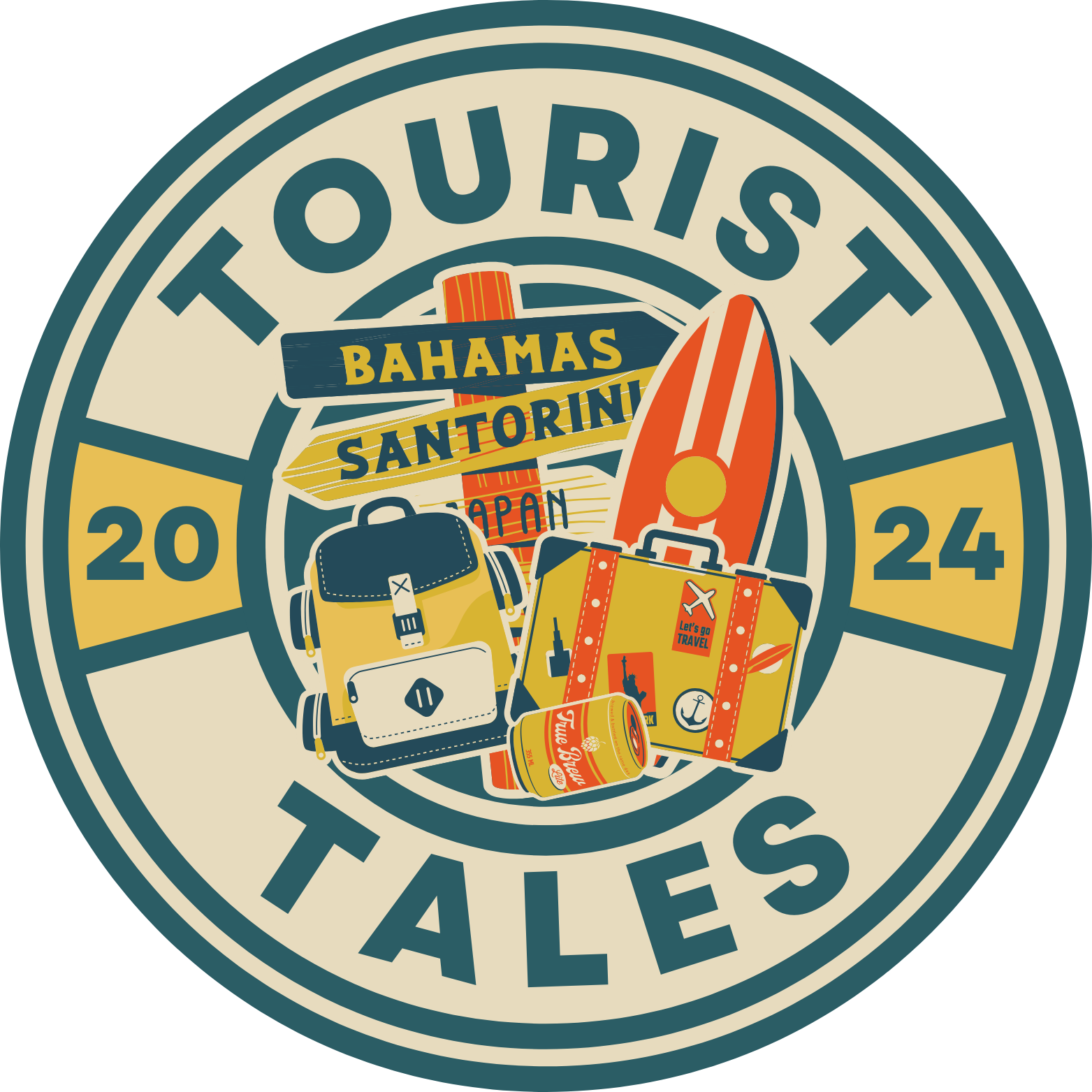
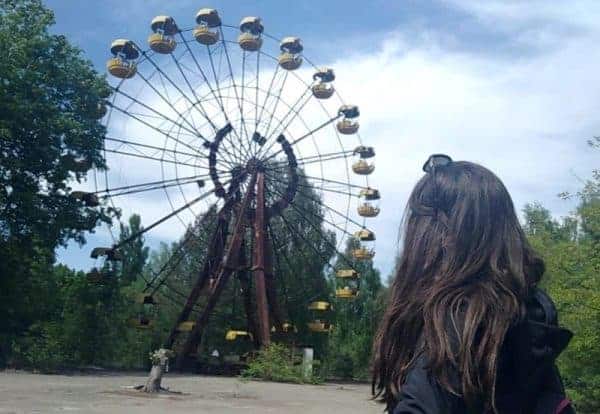


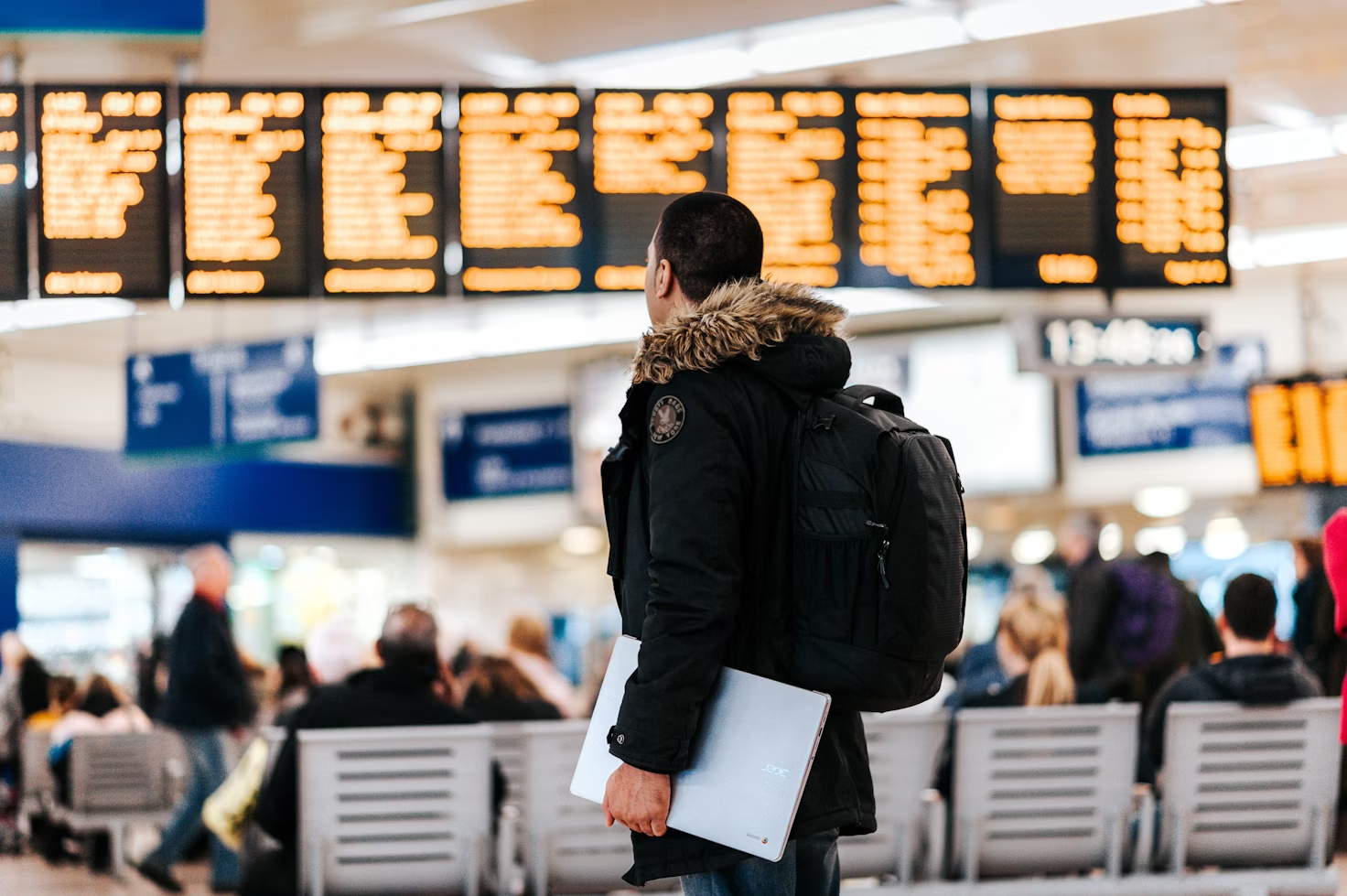
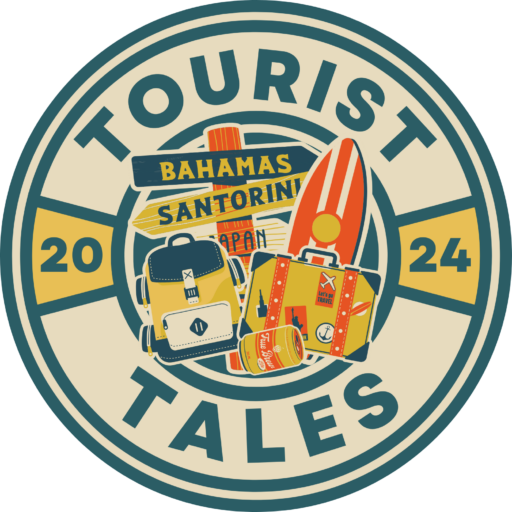
1 Response
Thanks for this post, it’s very interesting and a side of travel I’m not used to exploring. I think it is important to view these sites, to understand their significance and the way they have shaped those nations. Like you though I find the thought of taking selfies in these places quite unethical and rather worrying – like an instagram shot is the purpose of that trip, not learning and understanding the place. Also the suicide forest I find quite disturbing – the others all impacted some way on the nation, and have strong lessons for us to learn. I can’t help but wonder why people would travel to that forest though – do they hope to see someone who has sadly lost their life? I find that place very distinct from the others.
Anyway, great post and great food for thought. I look forward to reading more from you!